John “Rocky” Barrett
Tribal Chairman
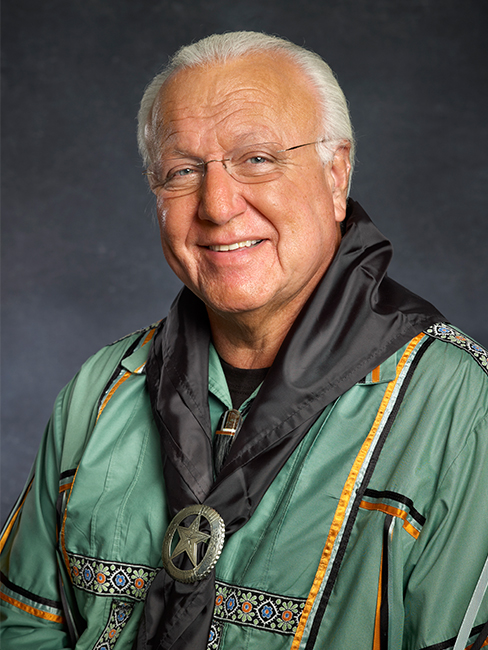
Bozho nikan (Hello friend),
The time for our annual Family Reunion Festival is nearly here! We are excited to be getting ready and look forward to seeing old friends and making new ones.
Festival is always held on the occasion of the Annual Meeting of the General Council of the Citizen Potawatomi Nation on the last Saturday in June. This meeting is the one time of the year when all of our members are invited by the Tribal Constitution to attend a meeting to accomplish business that is reserved for the entire voting population of our Tribe. If a Resolution is passed by the General Council, it is then printed on a ballot and sent to every single adult member of our Nation for a vote. While we have never done this in modern times, since the representative Tribal Legislature meets every quarter to consider and vote on regular Tribal business and law, it is still important for us to recall the times when the only government we had was the General Council — and the only way any Citizen Potawatomi had to participate in his or her Tribal government was in person at this one meeting of the Nation. We changed our form of government from a pure democracy to a representative republic. Now, we elect representatives to our Tribal Legislature who meet by digital conferencing capability on the internet to regularly debate and vote on Tribal laws and regulations that affect us all. The annual General Council is held in memory of our ancient ways of governing and for the purpose of providing reports and information about the Nation in person. All this is done in an atmosphere of celebration — of our traditions, music, dance and family connections. One of the most important things you can accomplish at Festival is to meet kinfolks you have never met before and catch up with those you haven’t seen in a long time.
We are all related. We are all descendants of about 45 families that have survived these many centuries, lived in four different homelands starting with nothing, and been scattered to the winds by the federal government. But we still survived and prospered. We are still a powerful self-governing Tribe that can and has improved the quality of life and provided opportunity for our relatives — for we are truly all related. Over the centuries, every one of our families has established a kinship with the others by marriage. In our traditional form of prayer, after asking God for the personal and character qualities of each of the four directions, and then thanked Grandmother Earth and Grandfather God above for providing all of the necessities of life, our Seventh prayer is always offered by circling one hand above our head holding tobacco and praying, “Jage nage non” — “for all my Relations, for all with whom I share blood” — and that tobacco is put on the fire. The family of the named person then provides a meal for the namer as thanks.
One of the other important things we often do at Festival is receive our Potawatomi name. If you want your Potawatomi name, present a small packet of tobacco to any Potawatomi that you know already has his or her name. Offer the tobacco to them and ask for a name. If that person takes the tobacco for use in your naming ceremony, a date and time will be set for the ceremony. You will not only receive your Potawatomi name, you will become a “namer” yourself, able to give names if you are asked and wish to perform the ceremony. I will show anyone who is named the way to do the ceremony or help anyone with their first naming. The Language Department will help you pick a name; plus, we have a form for you to fill out that will help a namer think or dream of a name that fits. Only the namer can choose the name, and only the namer can decide the time and place. If a namer returns your tobacco saying he or she cannot do as you ask, thank them, and take your tobacco to another named person. I have been grateful to name over 300 people. I look forward to seeing you in June!
It is a great honor to serve in our Tribal government. Megwetch (thank you) for choosing me as your Tribal Chairman.
John “Rocky” Barrett | Keweoge (He Leads Them Home) | Tribal Chairman
Linda Capps
Vice-Chairman
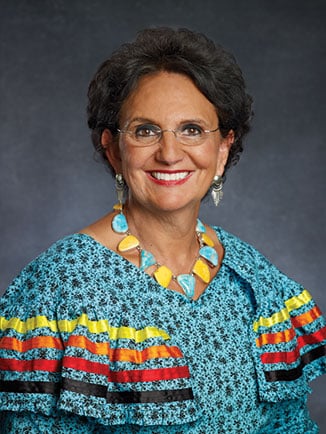
Bozho (Hello),
Throughout the last several years, Citizen Potawatomi Nation’s young professionals have shown a bright future for Indian Country and won several awards honoring their efforts.
First, I would like to pay tribute to Lauren Bristow, CPN Health Services Director of Clinical Operations, for her accomplishment of being recognized as one of The Journal Record’s Achievers Under 40 in 2023. The Journal Record has been giving this award for approximately 20 years. The Citizen Potawatomi Nation has been fortunate with nominees from both an employee perspective and from outside CPN employment. Lauren Bristow does an excellent job in her position with CPN Health Services. I was delighted to nominate her for the award, and I look forward to celebrating with her family at the acceptance dinner on May 11 at the Oklahoma History Center in Oklahoma City.
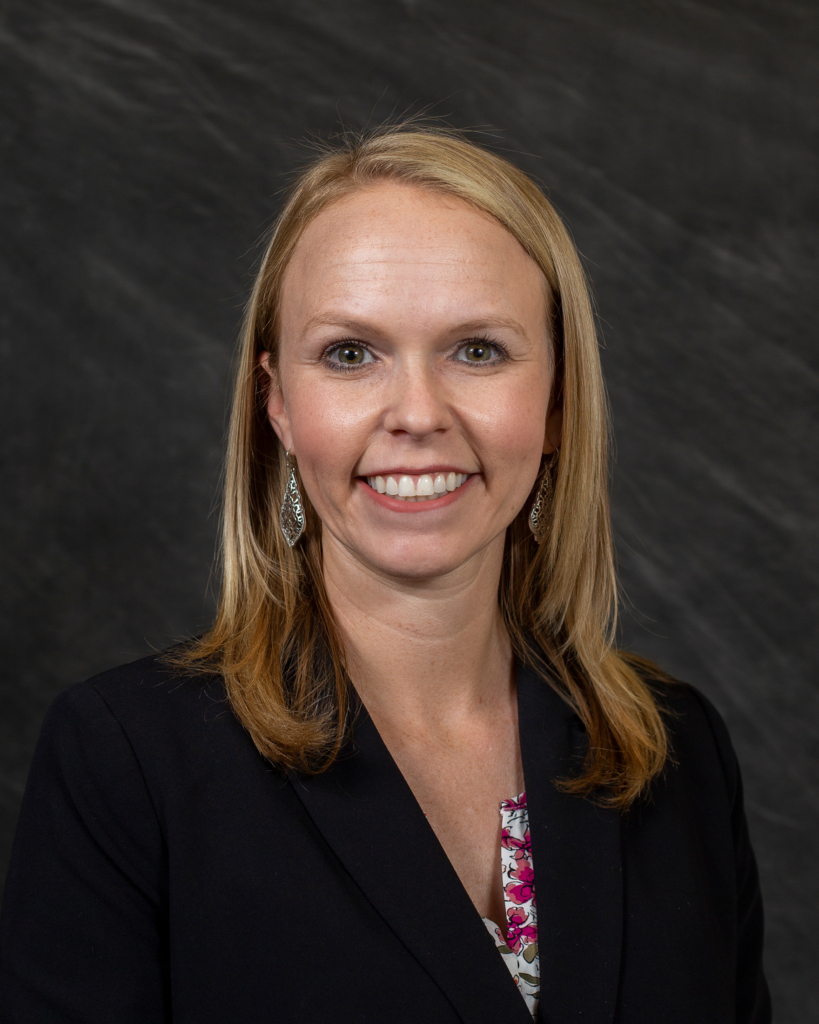
The Journal Record recognizes 40 young professional individuals each year who “reach beyond the expected” and make a positive impact in their communities and state. I am extremely proud that we have so many members of the Citizen Potawatomi Nation that have achieved this Journal Record award status. Our records show that in 2015, our first recipient was Dr. Kelli Mosteller, now the Executive Director of the Harvard University Native American Program. Her position is one of high standing at Harvard University, and we are very proud and happy for her.
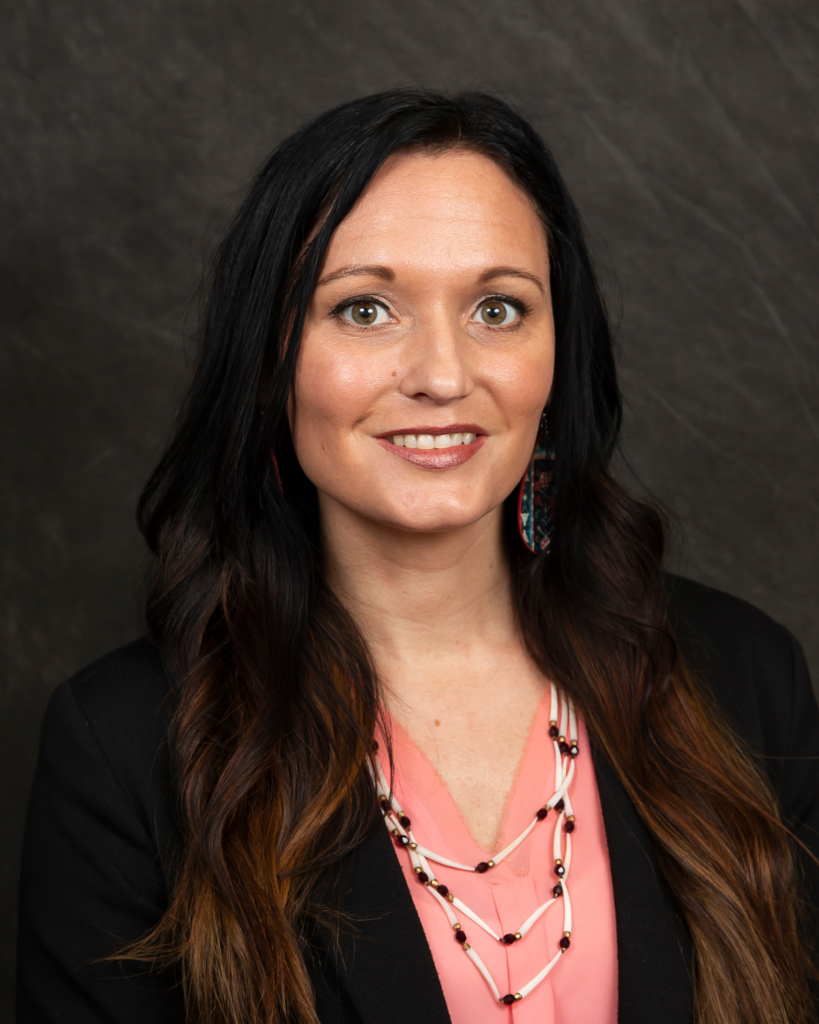
In 2017, CPN Gaming Commission Director Daniel LeClaire received the impressive award. That year marked the largest set of statewide nominations in the program’s 14-year history. The selection process gets tougher each year with the increasing number of nominations. For 2017, there were 39 honorees selected from 139 applications from across the state. I was one of the fortunate ones to be invited to Daniel’s recognition luncheon, along with his family and friends. Daniel LeClaire continues to be an asset to CPN with his vast knowledge of gaming.
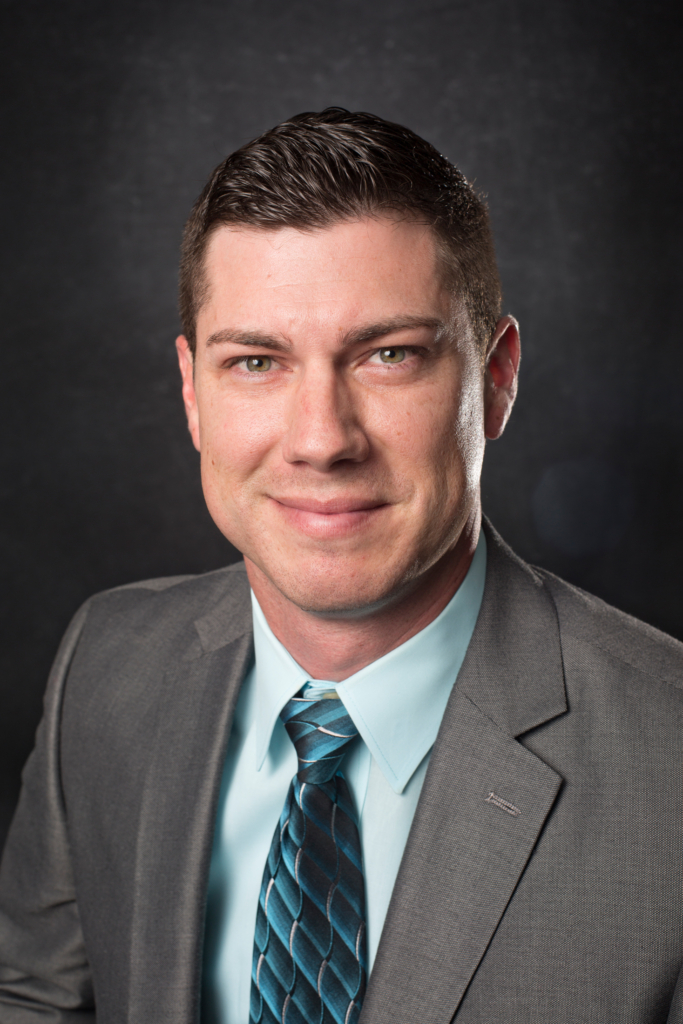
Jennifer Bell was a recipient of the Oklahoma Journal Record Award in 2019. Jennifer, like the other Tribal members mentioned, is one of CPN’s shining stars. Her excellent reporting skills, publication experience, leadership and business skills and team player abilities all make her a very valuable asset in her position as Communications Director of the Bureau of Indian Education for the Bureau of Indian Affairs.
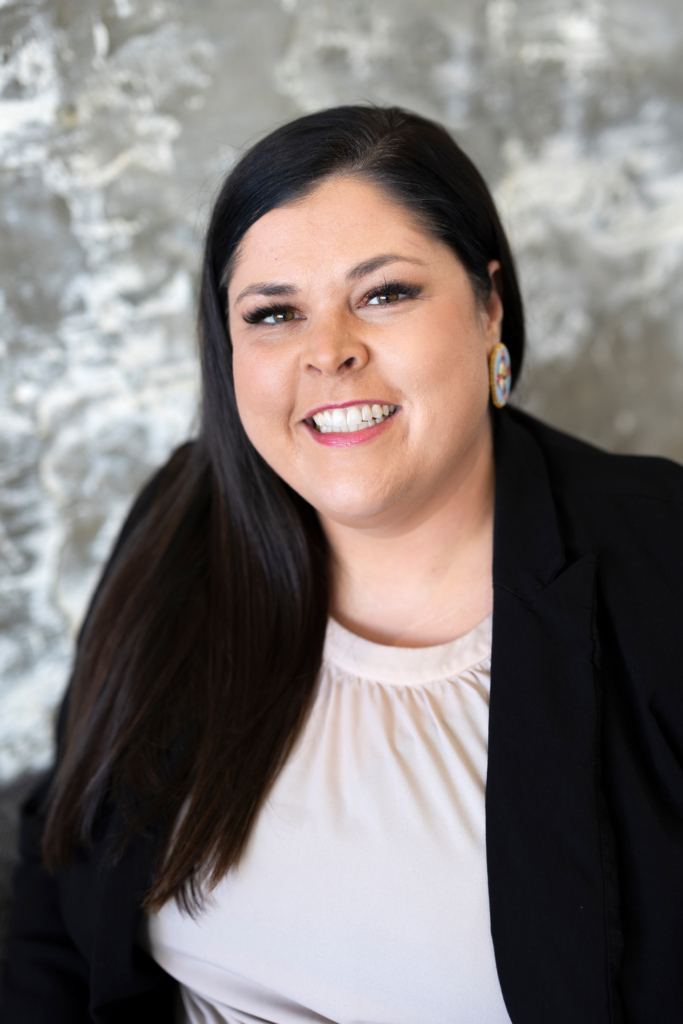
In addition to the Oklahoma Journal Record Award for 40 Under 40, we have three Potawatomi tribal members that received similar recognition from organizations other than The Journal Record.
The first is Kristen Vencl of Edmond, Oklahoma. She received a 40 Under 40 award in 2020 from The Connect Association, which recognizes event and meeting planners nationwide. Kristen is well known for her many talents.
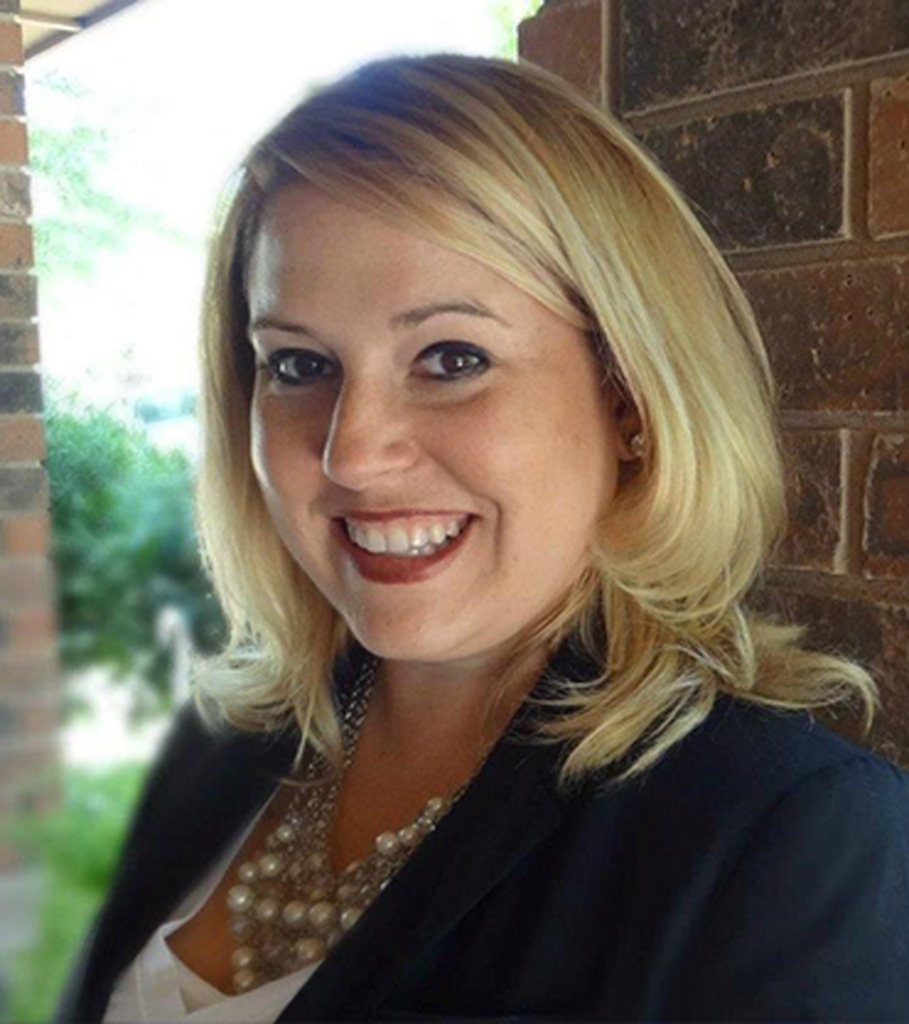
The second Tribal member, selected by Oklahoma Magazine 40 Under 40 Annual Awards, is our Medical Director Dr. Kassi Sexton, M.D., MPH. She was recognized in 2020 for her contributions to our outstanding health care system. Since receiving this award, she has been promoted to Chief Medical Officer, and her contributions to the Tribe throughout the coronavirus pandemic have been invaluable.
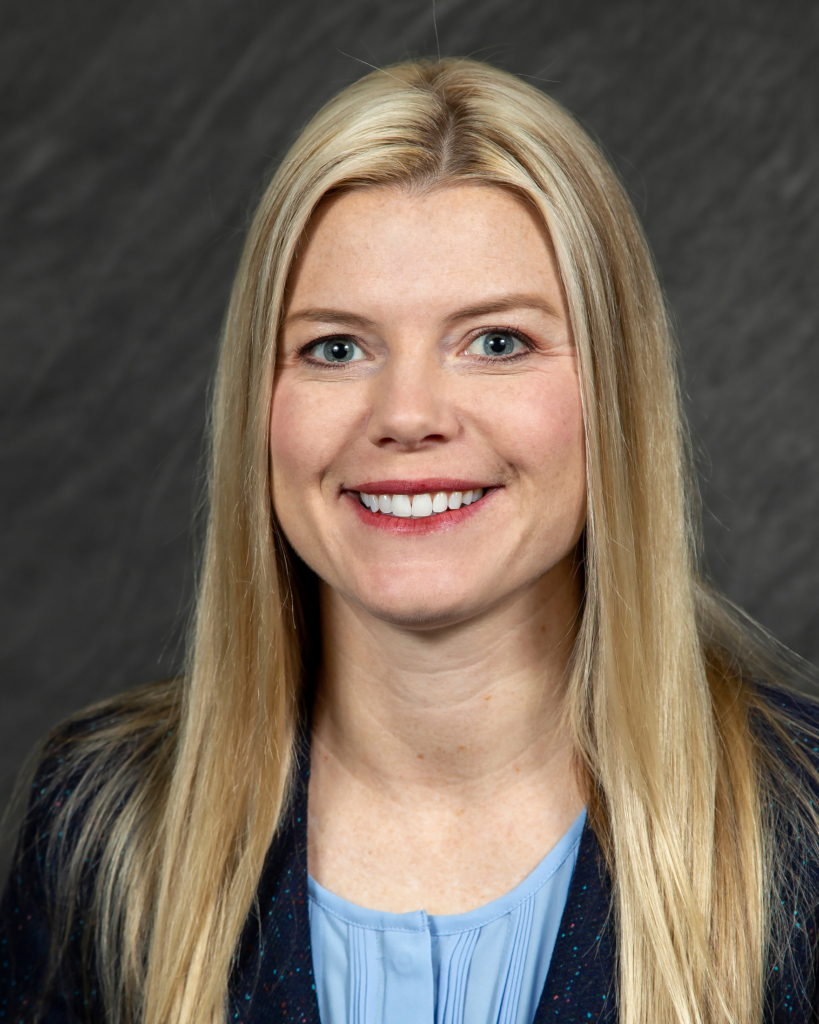
Third is a young professional, lawyer and Citizen Potawatomi Nation Supreme Court Associate Justice. Jennifer Lamirand has a long list of accomplishments from her 20s and 30s that many hope to achieve in their entire career. Her employer Crowe & Dunlevy nominated her for the prestigious Oklahoma Magazine awards as well. The publication chose her as one of the 2022 honorees in April of that year.
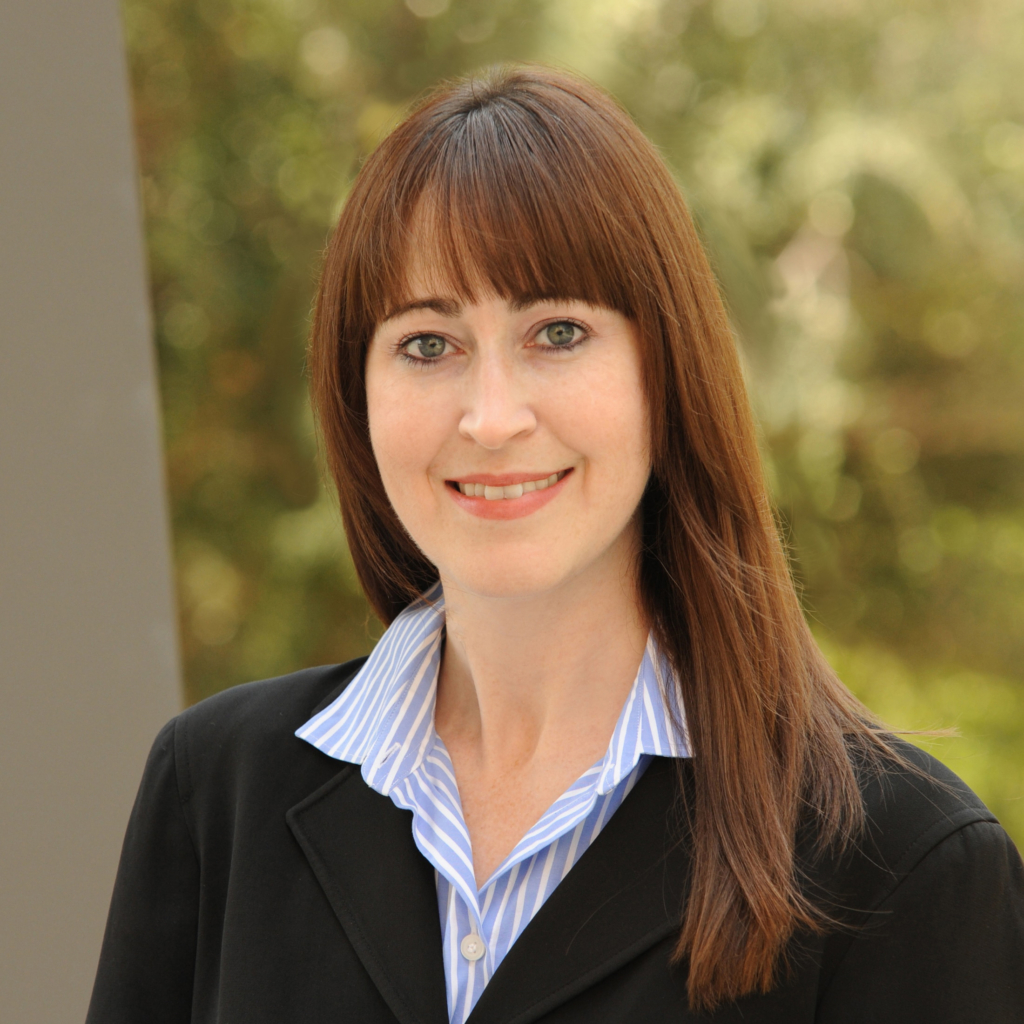
Dr. Andrew Mock was also selected for Oklahoma Magazine’s 40 Under 40 Annual Awards for 2023. Dr. Mock, HP Engineering’s Vice President and Regional Engineering Director, is recognized for being instrumental in creating HP Engineering’s new structural division.
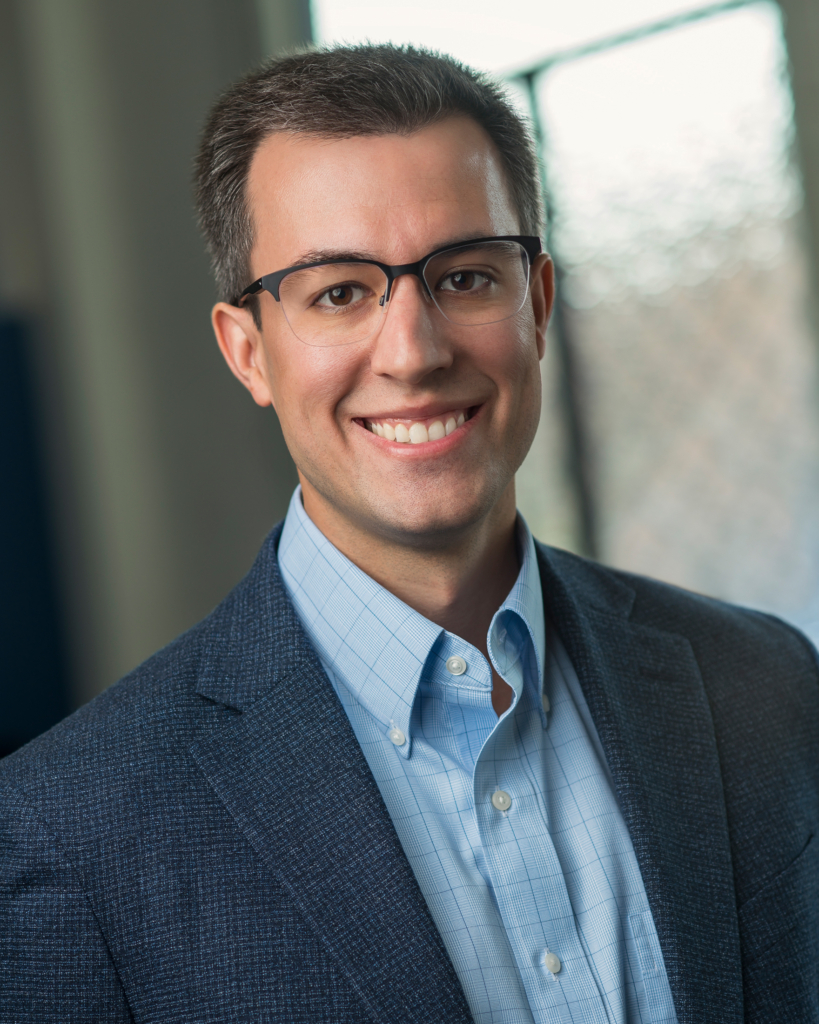
Tesia Zientek was also selected by Oklahoma Magazine for the 2023 40 Under 40 class. She is a strong proponent of Indian education and has been throughout her career. She is currently the Senior Director of Programs for the American Indian Science and Engineering Society as well as president of the National Indian Education Association.
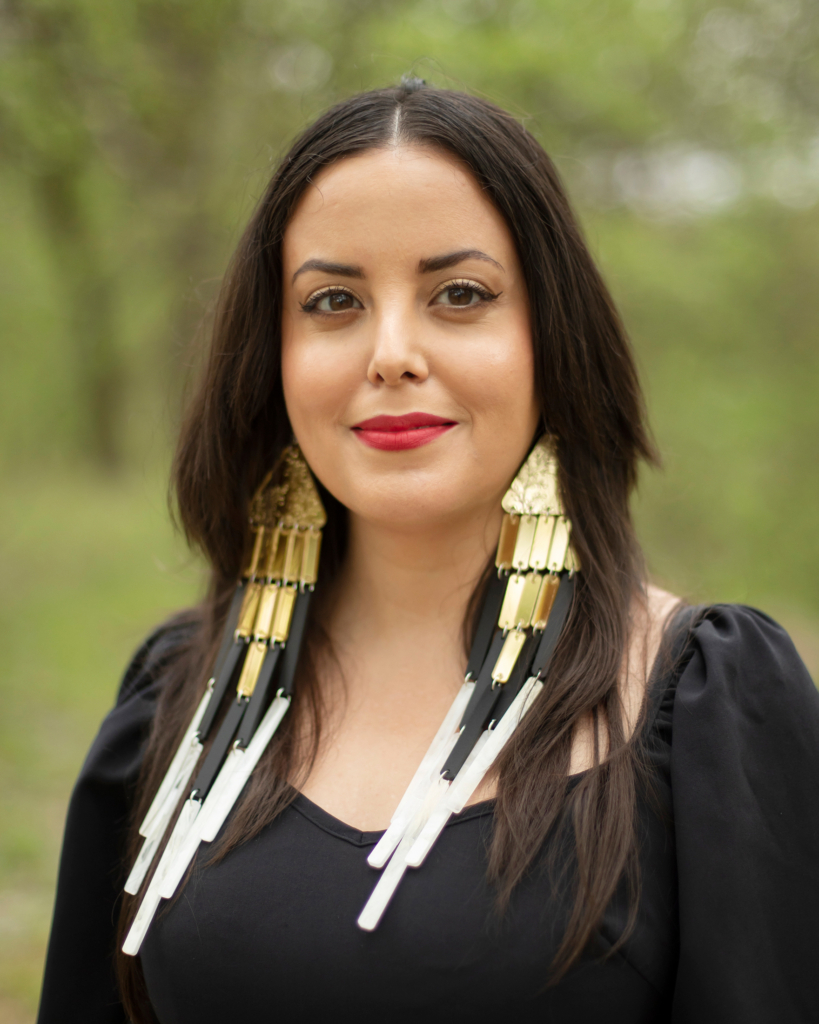
Congratulations are in store for all the Potawatomi Tribal members that have reached such prestigious recognition.
Migwetch (Thank you),
Linda Capps | Segenakwe (Black Bird Woman) | Vice-Chairman
Work: 405-275-3121 | Cell: 405-650-1238 | lcapps@potawatomi.org
Alan Melot
District 1
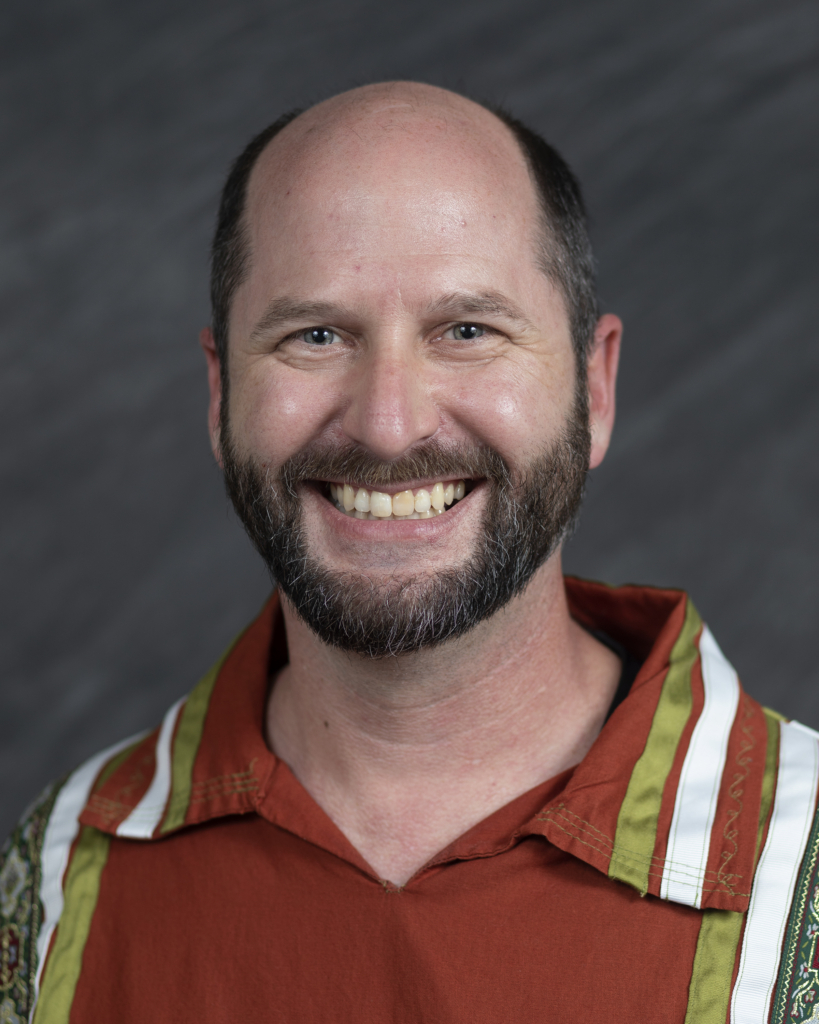
Bozho jagénagenan, (Hello, all of my relations),
As your District 1 legislator, it is my honor to provide you with an update on recent developments within our community. Before I delve into the exciting events and opportunities ahead, I would like to take a moment to reflect on our shared history as a people.
The Citizen Potawatomi Nation has a rich and complex history that stretches back through time immemorial. Our ancestors lived and thrived in the Great Lakes region for generations, cultivating a deep connection to the land and a strong sense of community. However, as European settlers began to expand westward, our people were forced to move from our ancestral homelands.
One of the most traumatic events in Potawatomi history was the Trail of Death, a forced removal in 1838 that saw thousands of our people forcibly relocated from Indiana to Kansas. The journey was arduous and dangerous, and many Potawatomi perished along the way. Despite this trauma, however, our people have persisted and continued to thrive, adapting to new circumstances and preserving our cultural traditions for future generations.
As we approach the 185th anniversary of the Trail of Death, it is important to remember and honor the sacrifices of our ancestors. Many of us have family members who were impacted by the forced removal, and their stories and memories live on through our community today. In recognition of this history, the Trail of Death Caravan is an event that retraces the steps of the original removal trail, allowing us to remember and connect with the past.
This year’s caravan will start Sept. 18, 2023 (Monday), at Menominee’s statue (Twin Lakes, Indiana) and end Sept. 23, 2023 (Saturday), at the Sugar Creek Mission site located in the Saint Philippine Duchesne Memorial Park in east central Kansas. I encourage all Citizen Potawatomi to consider participating in this important event. By retracing the steps of our ancestors, we can gain a deeper understanding of our history and strengthen our connection to our cultural heritage.
In addition to the Trail of Death Caravan, I am also excited to extend an invitation to all Citizen Potawatomi to participate in hand games at the Family Reunion Festival. Hand games are an important traditional activity that have been played by our people for generations, and they continue to be a beloved part of our cultural heritage. Last year was my first year to participate, and I thoroughly enjoyed learning the game!
If you are interested in participating in hand games as part of a District 1 team at the Family Reunion Festival, I encourage you to reach out to me. We’ll have room for seven players, and I would love to have our own team to challenge other districts (we’re looking at you, D2!) and the reigning champions, the Potawatomi Leadership Program (PLP) students. This is a wonderful opportunity to connect with other members of our community and celebrate our shared cultural traditions.
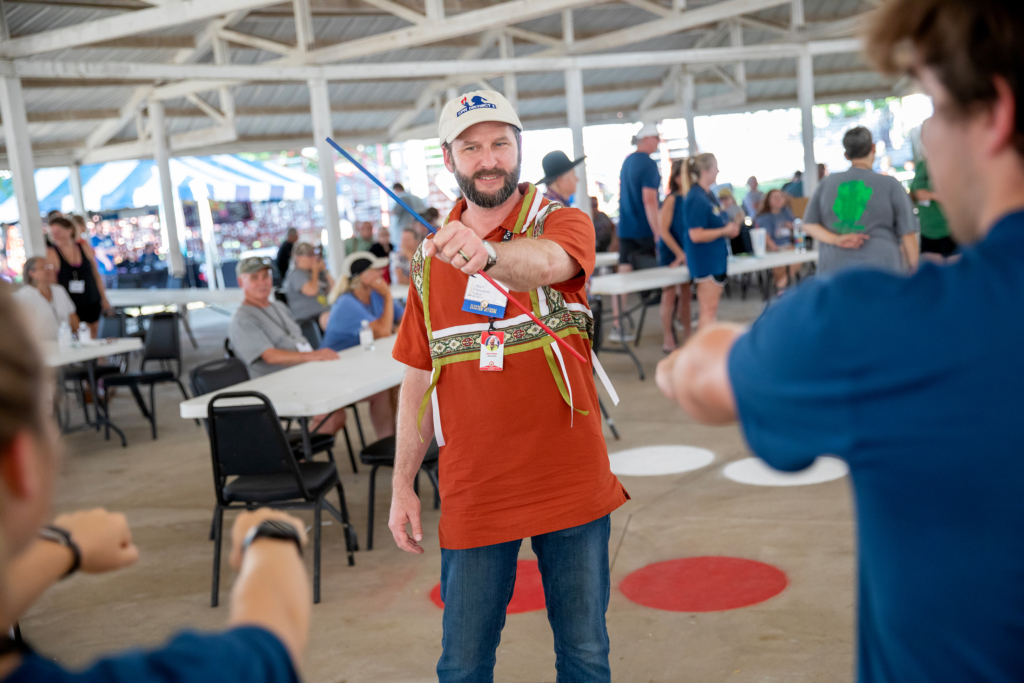
As always, I welcome your feedback and suggestions on how we can continue to improve our community and better serve the needs of all Citizen Potawatomi. Please do not hesitate to reach out to me or any other member of the Tribal legislature with your ideas and concerns.
Thank you for your continued support, and I look forward to seeing you all at the upcoming Family Reunion Festival and Trail of Death Caravan.
Finally, this legislative article was written with assistance from chatGPT. It’s a brave new world, y’all!
With love and care for everyone,
Alan Melot | Legislator, District 1 | alan.melot@potawatomi.org | 608 S. Sergeant | Joplin, MO 64801 | 417-312-3307
Eva Marie Carney
District 2
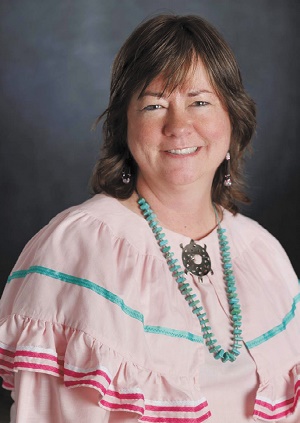
Bozho, nikanek (Hello, friends),
Mental Health First Aid training
The gun violence in this country is unspeakable, and I imagine that most, if not all, of us consider it something we can’t do anything about. Five years ago, I completed a course in Mental Health First Aid and wrote about it in a Hownikan column. I am reprinting that portion of my column because I highly recommend taking the training as a very modest but tangible response to the violence we are experiencing.
Mental Health First Aid is a course that teaches you how to help someone who is developing a mental health problem or experiencing a mental health crisis. Both youth and adult-focused classes are offered.
According to the MHFA website, “Just as CPR helps you assist an individual having a heart attack, Mental Health First Aid helps you assist someone experiencing a mental health or substance use-related crisis. In the Mental Health First Aid course, you learn risk factors and warning signs for mental health and addiction concerns, strategies for how to help someone in both crisis and non-crisis situations, and where to turn for help.”
The training program is offered by the National Council for Mental Wellbeing and the Missouri Department of Mental Health. You can find out more, and find an online course, at cpn.news/MHFA.
Positive development for Native nations: Supreme Court rule change
The United States Supreme Court recently adopted changes to its rules that the Native American Rights Fund (NARF) deems a “big win for Indian Country.” Effective this year, tribal governments are allowed to file longer (or higher word count) briefs in recognition of their status as governmental entities and the need to better understand tribal perspectives.
In 2019, the Court adopted rules that reduced the length allowed for many amicus briefs filed by tribal governments with the Court. However, it permitted briefs filed by federal, state, and local governments a much higher word count. During the next Court rules revision process in 2022, NARF argued:
- The higher word count for governments recognizes their unique interests in participating as amici curiae (friends of court) out of respect for their inherent sovereignty and/or their exercise of governmental authority. Like other governments, tribes have an interest in advocating for their powers and advancing the unique interests of themselves and their members.
- Cases related to tribes’ authority, treaty rights, and resources frequently do not include tribes as parties. In those cases, tribes participate as amici, and it is critical that tribal perspectives be fully heard on those issues. The United States does not always adequately represent tribal interests in a case. In fact, the positions of the United States and tribes are not always aligned.
- Federal Indian Law cases often address foundational constitutional law principles. Facilitating tribal participation allows tribes to provide important information and context to the Court.
NARF described the change as “right and needed.”
Visiting and communication
I hope that, if you are able, you are finalizing plans for attending our Family Reunion Festival next month or the Potawatomi Gathering at the end of July. I’d like to visit during one or both celebrations. District 2 will participate in (win?) the Hand Games on the Friday night of our Festival; let me know if you want to join our team.
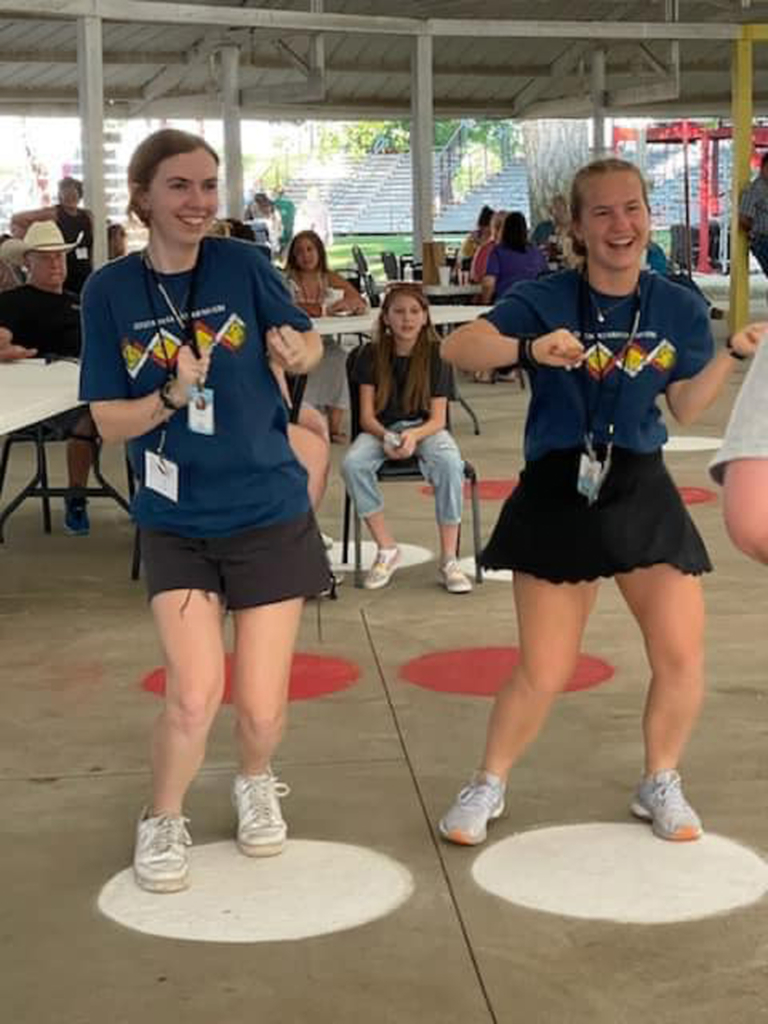
In the meantime, please keep in touch. I send regular emails to our District 2 email list. Email me and request to be added if you live in District 2. We have about 270 District 2 folks participating on a private FB page. Message me on FB if you’d like to join us. I look forward to hearing from you, helping you as needed, and celebrating with you — whenever possible!
Migwetch (thank you) for the honor of representing you.
Eva Marie Carney | Ojindiskwe (Bluebird woman) | ecarney@potawatomi.org | evamariecarney.com | evamariecarney@gmail.com | 5877 Washington Blvd. | PO Box 5591 | Arlington, VA 22205 | Toll Free: 866-961-6988
Bob Whistler
District 3
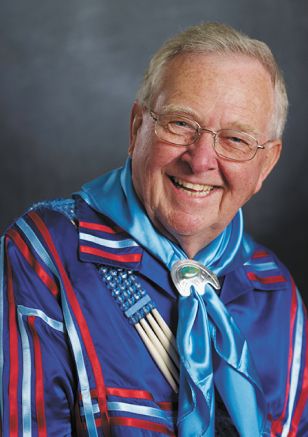
Bozho Nikan (Hello friend),
Powwow
Last month, I mentioned that the Indigenous Institute of America would hold their second annual powwow in Cleburne, Texas. It was a very good three-day event, and the weather worked very well. We had temperatures in the 70s during the day, and the rain basically missed us. This was very nice versus last year where we had very hot temperatures to deal with. I was able to participate in a number of gourd dances. Two of our District 3 citizens were there and were active participants. Carl Kurtz was the bearer of the U.S. flag for Grand Entry of the powwow and also a gourd dancer. Laura Badonski was in regalia and was a regular participant in the arena. A photo of the two of them is included showing them in front of the drum group.
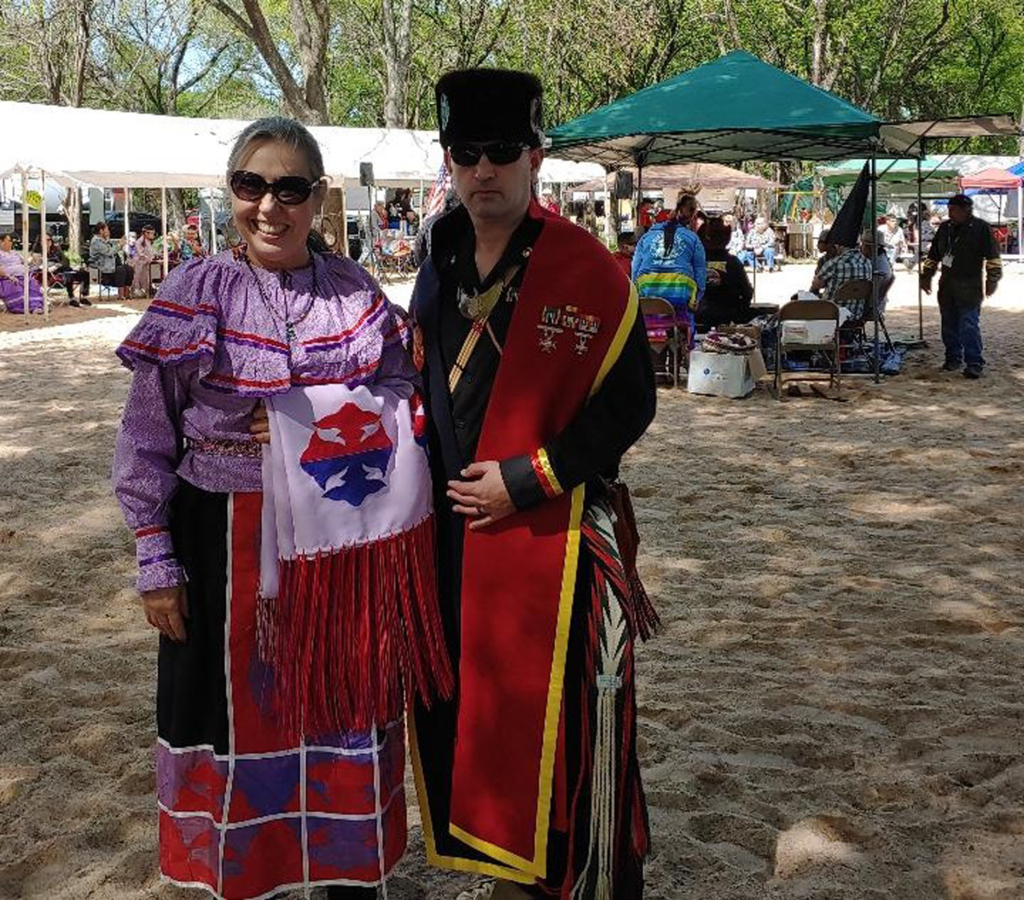
The powwow had many vendors there offering a very good variety of jewelry, knives, apparel, food and other interesting items. A very new area there was a booth offering Native American comic books along with some non-Native comic books. The vendor and creator of the business is a teenage Apache young man about 15 years old. The name of the business is NDN Comics & Games. Information on this business may be found on Facebook @NDNComicsandGames or Instagram @ndncomicsandgames. His business tag line is “For all your nerd needs!” I found it quite interesting to see a teenager starting up a business and hope those of you who have an interest in comic books or games will look into his site.
For those that were not able to attend, you missed seeing the Aztec group that was present this second year. There was also representation from Hawaii, and they wore their Native regalia and performed several tribal dances. This was a first for me, and I enjoyed it very much.
The Indigenous Institute of America held the Santa Fe Days powwow in Carrollton in years past and made the move to Cleburne a year ago. This particular site was chosen because it was a meeting area for numerous nations in Texas and Louisiana many centuries ago. Their next powwow will be held again next spring, sometime in late March and/or early April. So, be on the lookout. It is well worth attending.
Mammograms
Several years ago, I was at a Native American medical facility where they were talking about mammograms and the size of typical growth in women in this body area. At the meeting, they distributed a necklace with different size beads. A brief notation on the size of each bead accompanied the necklace. Breast cancer is an ongoing medical challenge, and regular checkups along with mammograms are a must for females. I laid the necklace down by my own hand to reflect how large a nodule in a breast might become. I am including a photo of the necklace by my hand, and it includes information on each of the size bead comparisons shown. I would hope that mothers and fathers would review this information with their daughters on the importance of mammograms and regular checkups, along with checking themselves at appropriate times.
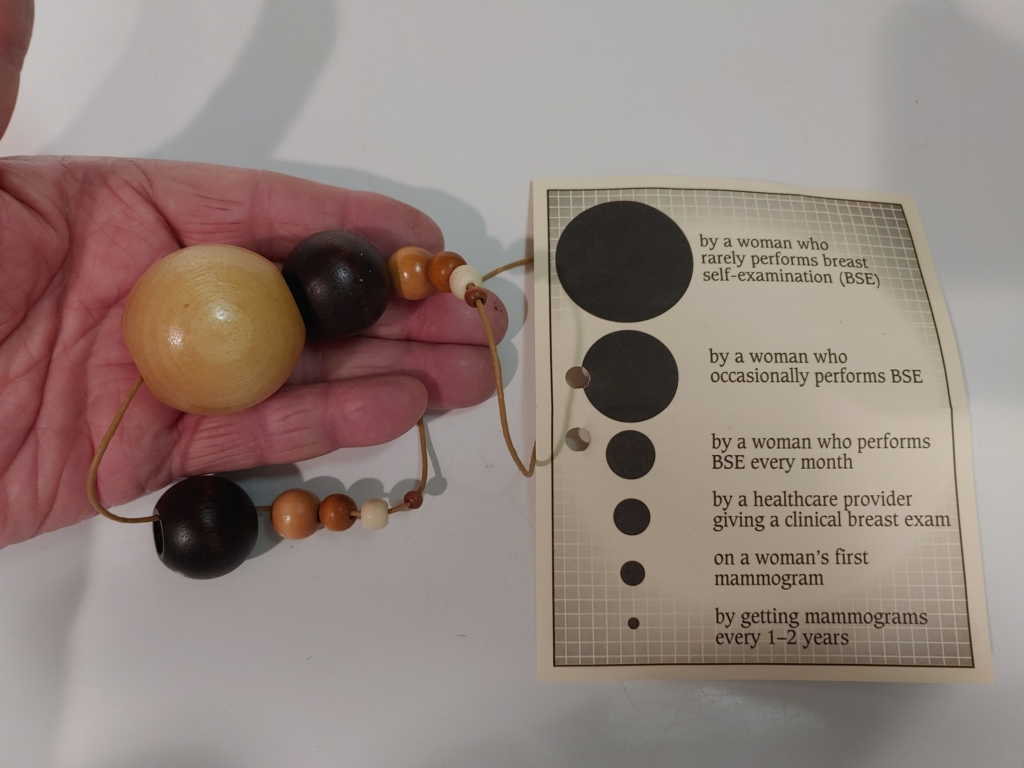
In closing, my thanks to our District 3 members for honoring me to represent you as a legislator. If you have any questions about benefits or programs, please contact me. I am your voice and am here to assist you.
Nagech (later),
Bob Whistler | Bmashi (He Soars) | rwhistler@potawatomi.org | cpn3legislator@yahoo.com | 1516 Wimberly Ct. | Bedford, TX 76021 | 817-229-6271 | cpndistrict3.com
Jon Boursaw
District 4
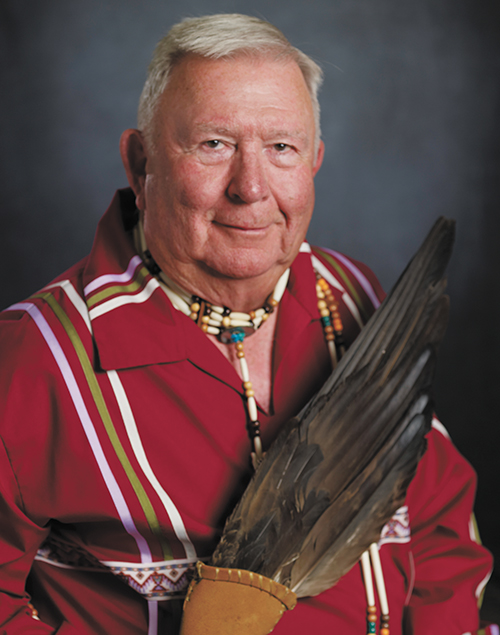
Bozho (Hello),
CPN Member selected to participate in the 2023 Leadership Greater Topeka Program
CPN member Tyler Levier has been selected to participate in the 2023 Leadership Greater Topeka Program. He is one of 37 local aspiring and established leaders selected from the community. The program introduces them to the opportunities and needs of Topeka and Shawnee County while also teaching adaptive leadership concepts. Tyler is employed by the Prairie Band Potawatomi Nation as Chief Operating Officer of their Prairie Band, LLC. The purpose of the LLC is to diversify, manage and expand economic interests of the Nation beyond the realm of Indian gaming. The following comments from Tyler were taken from TK Business Magazine, which announced Tyler’s selection:
Who is your greatest inspiration?
My grandfather is my greatest inspiration. His work ethic, integrity, and honesty were unparalleled. He had an 8th grade education, fought in two wars, and worked with his hands every day to provide a solid foundation for his family to thrive. I am a direct result of his efforts and I carry the lessons he taught me every day.
What are your strengths?
My father taught me how to solve problems. He taught me how things work and, to the contrary, if something was broken, we fixed it. Then, we needed to understand why it broke — and that lesson was the greatest gift. Growing up I thought I would grow up to be a mechanic. Understanding how the individual pieces of something larger interact with one another to accomplish a task is universal and I maintain that mindset in all of my endeavors.
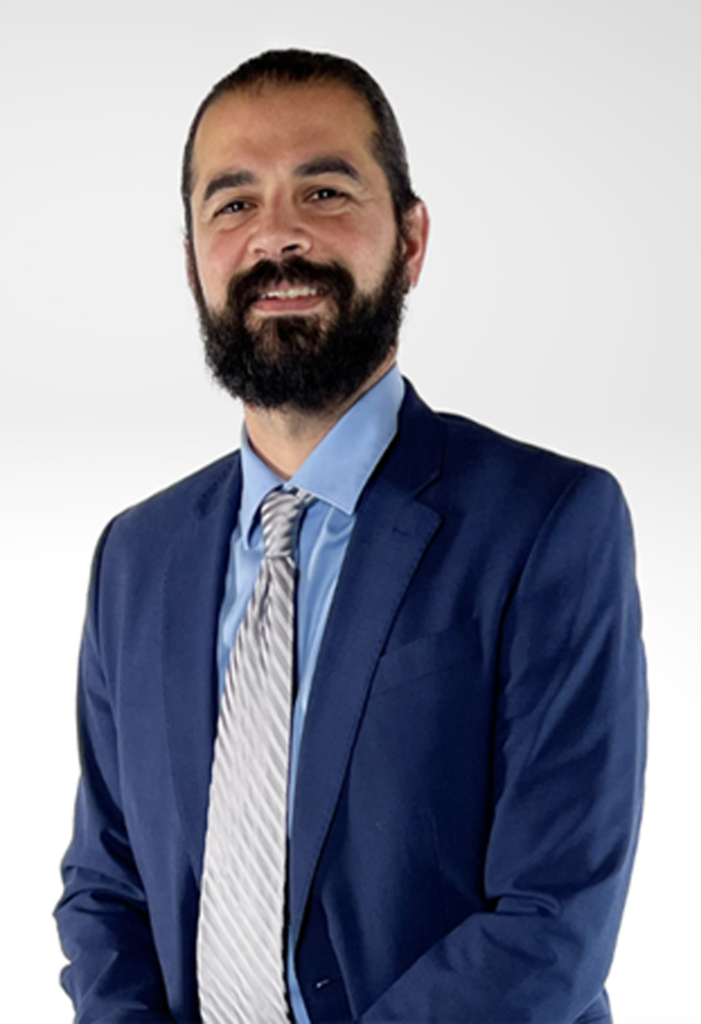
Update on 8th grade student’s History Day Competition
You may recall the information I had in my March article regarding Madison Arnold, the Topeka eighth grade student who entered the Kansas District 3 History Day Competition with the Potawatomi Trail of Death as her subject. I am pleased to report that Madison placed second in the Junior Individual Exhibit Category, which had 23 entries. She was eligible to enter the Kansas State History Day Competition held on Saturday, April 22. She planned to work on a few changes to improve her exhibit, enhancing her chances of winning or placing high in the state competition.
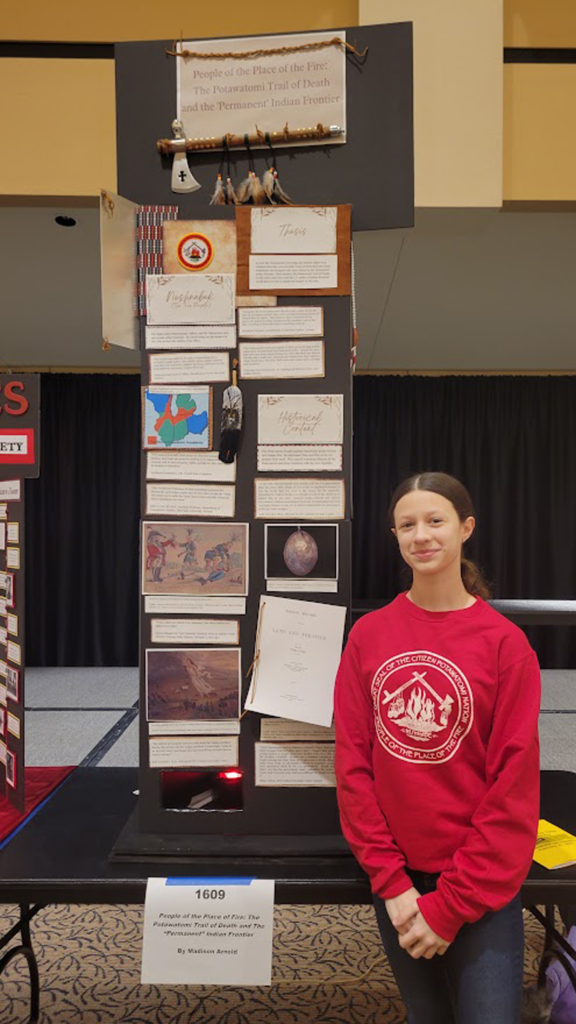
Upcoming CPN Elders’ Potlucks
The dates for the next two Elder Potlucks held in CPN Community Center in Rossville at noon are:
May 12 Fried Chicken RSVP by the 9th
June 9 Hamburgers & Hot dogs RSVP by the 6th
Join us and bring your favorite side dish or dessert. If you plan to attend, please RSVP to Tracy or Brenda at 785-584-6171.
Updates on Uniontown Cemetery and Burnett’s Grave Site Project
Uniontown Cemetery: In late March, the Tribe contracted with Koch Construction Specialties, LLC, to perform the removal of the rock wall surrounding a small family burial site on the cemetery. This work was scheduled to begin on April 4. Once the ground penetrating radar surveys are completed, Koch will rebuild the rock walls. I met with a local monument company regarding cleaning, repairing or replicating the grave markers inside this burial site.
Burnett’s Grave Site: The cleanup work, including removing two trees and the old fence, has been completed. Soon, we will have the new fence installed and cover the site with river rock. We plan to place a small cedar tree at each corner of the site.
It is an honor to serve as your legislator.
Megwetch (Thank you),
Jon Boursaw | Wetase Mkoh (Brave Bear) | jon.boursaw@potawatomi.org | 2007 SW Gage Blvd. | Topeka, KS 66604 | 785-608-1982 | Office Hours: Tuesday 9-11 a.m. | Thursdays 3-5 p.m. | Other times as requested
Gene Lambert
District 5
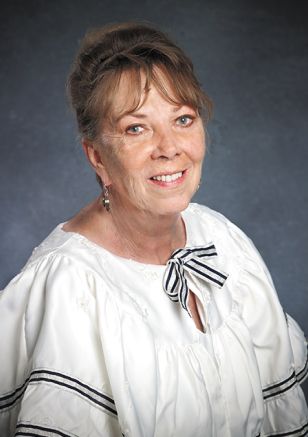
Bozho (Hello),
Those April showers that bloom in May are here once more. From where I am sitting, you wouldn’t know unless you checked the calendar. The weather has been confusing with that regard.
Perhaps you remember the May Day Pole and dance that was prominent in my era and many generations before. It would have been the same as April Fools’ Day or other insignificant holiday to some. Nonetheless, when you were a child, it was an exciting and new experience you looked forward to.
You would gather around a pole tied with beautiful colorful ribbons and weave in and out between others to create an ornate braided effect.
History tells us it was always more than we thought. It was about fertility and started in Rome, Brittany and Germany.
Originally, vines would be stripped from a tree and then danced around until perfectly wound. A living tree using pine or birch, originally considered masculine, and the stripped vines became the feminine representing fertility.
The idea was to match the feminine and masculine energy of the tree that in America later became a pole. It was definitely a part of the mating ritual.
Maybe that’s why we don’t do it here anymore. I had no idea what the dance represented. It was just a fun thing to do, and the pastel colors and ceremonies were exciting.
There was also a time when this ceremony was outlawed in other countries because of the intimate connotation, which brings up a lot of memories about things we do and really don’t know why.
Now, we go into the Native American traditions and find out that Kokopelli was actually considered two Kachina’s in Hopi legends.
I wrote an article a few months back about Kokopelli and what the legend was about, which was all true. However, again we have the masculine and feminine side to it, which I did not cover specifically. We talked more about the harvest time, new growth and new beginnings.
Kokopoli is masculine and Kokopelmana is feminine, according to the elders of the first Mesa in Arizona. Notice the difference in spelling from above.
The article was correct in sharing the duties and fertility expectations from plants to the two-legged but considered two people, not one, as we have come to learn.
People simply do not want to accept the oneness of the two Kokos. I think I just created another reference.
Google Definition: Kokopelli is a fertility deity, usually depicted as a humpbacked flute player (often with feathers or antenna-like protrusions on his head), who is venerated by some Native American cultures in the Southwestern United States.
Now we have the Ojibwe Potawatomi’s version of fertility, which is the Deer Woman. She is connected to fertility and love for women, children and men who respect all.
Don’t get too comfortable with that because if you are disrespectful, she is capable of the reverse.
The Citizen Potawatomi Nation is a matriarchal society because as Chairman Barrett says, “All things are born from a mother.” This does not lessen the need or importance of the masculine energy as men were the hunters who supported the existence of the whole.
Our lives today and world energy require the feminine and masculine in every living thing.
Never underestimate the necessity or value of other. We each carry both.
Going into our season of gatherings, please take the time to reconnect with our families.
Take care of each other, and I look forward to seeing everyone.
Love to all,
Gene Lambert (Eunice Imogene Lambert) | Butterfly Woman | glambert@potawatomi.org | 270 E Hunt Highway Ste 229 | San Tan Valley, AZ 85143 | Cell: 480-228-6569 | Office: 480-668-0509
Mark Johnson
District 7
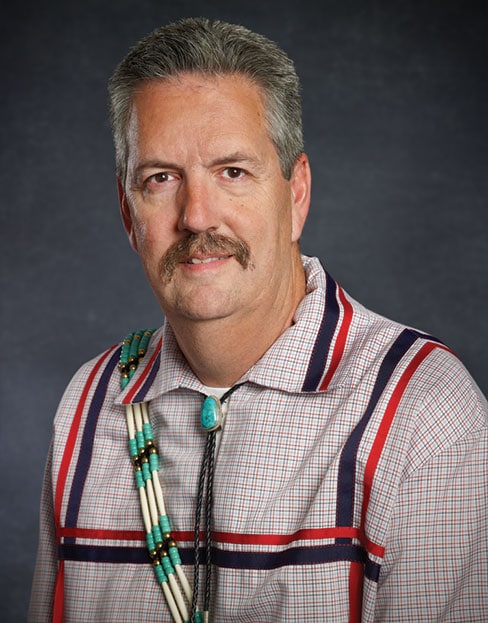
Bozho nikanek (Hello friends),
I sometimes sit at the computer and contemplate what I would like to convey to the membership for the month; an idea will take hold, and the words will slowly make their way onto the paper from my fingertips on the keyboard. Writing has never been my strong suit. I have always been a hands-on, get-it-done kind of a person. I like to think that’s a trait I picked up from my father. My mother, on the other hand, passed along the emotional side of my being, the empathy and caring side, and probably my humor also. Well, maybe that part just came along naturally, like the time a lizard I caught got loose in the house, which caused my mother to bound up onto the couch only to find said lizard staring at her from the window curtain next to her head. Okay, well maybe you needed to be there; but trust me, it was extremely funny watching mom fly across the living room, never touching the floor. Mom walked on in March at the age of 94.
The one trait I got from both of my parents was how to be a good citizen, of both this country and Tribe. You have a responsibility to both, to be an active participant. Vote, and vote every year. Make it a habit to return your absentee ballot request form, and when you get your ballot, cast your vote and return it immediately. Don’t wait for the last minute. It can be too easy to put off. VOTE! Our Tribe has thrived under a stable government; your participation will guarantee that continues.
Remember the Family Reunion Festival is in Shawnee from June 23 through the 25. Like I have said over the last couple of months, the 2023 Honored Families will be Johnson, Lafromboise, Lareau, Leclaire, Melott, Rhodd, Tescier, Weld and Young. Come join the family and participate in our heritage. If you want to vote in person, bring along that absentee ballot that you forgot to mail back, and you can vote in person. Attend the General Council meeting and learn about your Tribe. Bring your regalia and dance with us on Saturday evening to honor our Tribe. Once you attend, you will return.
Once again, I would like to say what an honor it is to serve you as your District 7 Legislator. As always, give me a call, and I will be happy to work with you on any questions you may have or provide you with additional information you may need to access Tribal benefits that are available. Please also take the time to give me a call or send me an email with your contact information so that I can keep you informed of the happenings within the Nation and District.
Migwetch (Thank you),
Mark Johnson | Wisk Mtek (Strong as a Tree) | 559-351-0078 | mark.johnson@potawatomi.org
Paul Wesselhöft
District 9
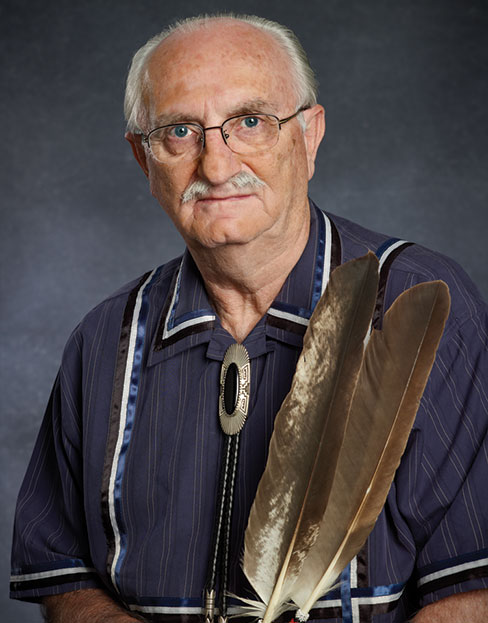
Bozho, nikan (Hello, friend),
The Bow and Arrow
The Potawatomi were force-driven by the federal government militia from their homes in Indiana to Kansas on their Trail of Death. Later, most of the Tribe was forced to give up their lands again and be resettled on a reservation in Indian Territory. After losing their homeland, they had to build new homes and remake their lives.
In Indian Territory, a father realized that his way of life and culture were slipping away. He knew his existence in a strange land would never be the same. He decided to make his son a gift that would honor his ancestors and the land of their birth. He instructed his son in the making of a bow and arrow, just as his father once taught him.
The father made a gull-wing shaped 42-inch bow from the wood of an elm tree. With a glue mixture, he enforced the bow with sinew for greater power and durability. He designed the bow to draw 50 pounds of strength. The string was made from a deer tendon. The lightweight arrows were made from pine. For accurate and long flights, eagle feathers were used for fletching. Eagle feathers, unlike other plumes, are sacred and honored for only brave warriors. The arrowheads were made from coyote bones, and the quiver was made from deerskin.
The father told his son, “In the beginning of time, our people used their hands and rocks. Then, they used clubs and spears to hunt for food. To kill their enemy. Then, we made the bow and arrow. It has been with our people for thousands of years. It is sacred. It’s our friend. It’s our right hand. You wouldn’t be here without it. We owe our lives to it. It defended us against those who would kill us. It put meat on the fire. The bow and a quiver of arrows is a sacred weapon. It must be respected because it kept our people alive. Always give the bow and arrow your respect.”
The father continued to teach his son. “When the white man came in the big ships to take our land, their guns were loud, and it took a long time for them to fire their second ball. A brave could shoot eight arrows into the sky before the first one hit the ground, and the arrow was accurate. It was silent. It was a better weapon. This is for you, my son. Someday you will give it to your son. And teach him to make one for his son. And always remember, the bow and arrow are to be honored among our people.”
The son had meticulously watched his father construct the bow and arrows and sew the quiver together. He taught the son well. He knew his father took great pride in his craft. He planned to hunt with his father’s gift and bring food to his mother’s table. He promised his father that he would always respect and honor the sacred bow and arrow.
Migwetch (Thank you),
Paul Wesselhöft | Naganit (Leader) | reppaul@gmail.com | pwesselhoft@potawatomi.org
David Barrett
District 10
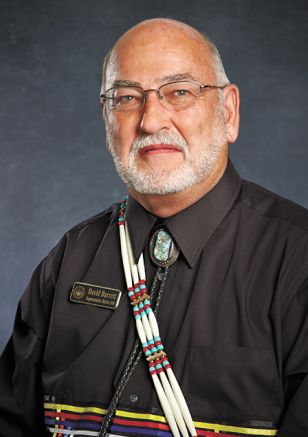
Bozho (Hello),
The CPN veterans color guard was invited to participate in the 7th annual Rubin Rivers Medal of Honor ride. On Saturday, March 25, 2023, the Roll to Wreaths Riders 4 Vets rolled out of Papa’s Leather Barn, in Bethany, Oklahoma, to begin the 200-mile ride stopping at the Seminole Nation Tribal Veteran’s Cemetery. There, an air evacuation helicopter landed, and the RTW-Riders 4 Vets presented the wreaths, accompanying CPN veterans color guard. Principal Chief Lewis Johnson and Assistant Chief Brian Palmer of the Seminole Nation spoke along with CPN veteran Bill Wano and me. When in route with or without an escort, six motorcyclists rode in the “Missing Man Formation” with two in front, one in the middle and two in the back, representing the deceased.
The next stop was at the Woodland Veterans Park in Shawnee. The Citizen Potawatomi Nation Veteran’s Color Guard and I spoke, remembering those who served, and Veteran’s Secretary Bill Wano lead in the closing prayer. Also in attendance was CPN Veteran’s Commander Daryl Talbot. While “Taps” was played, the Seminole Color Guard did the 21-gun salute.
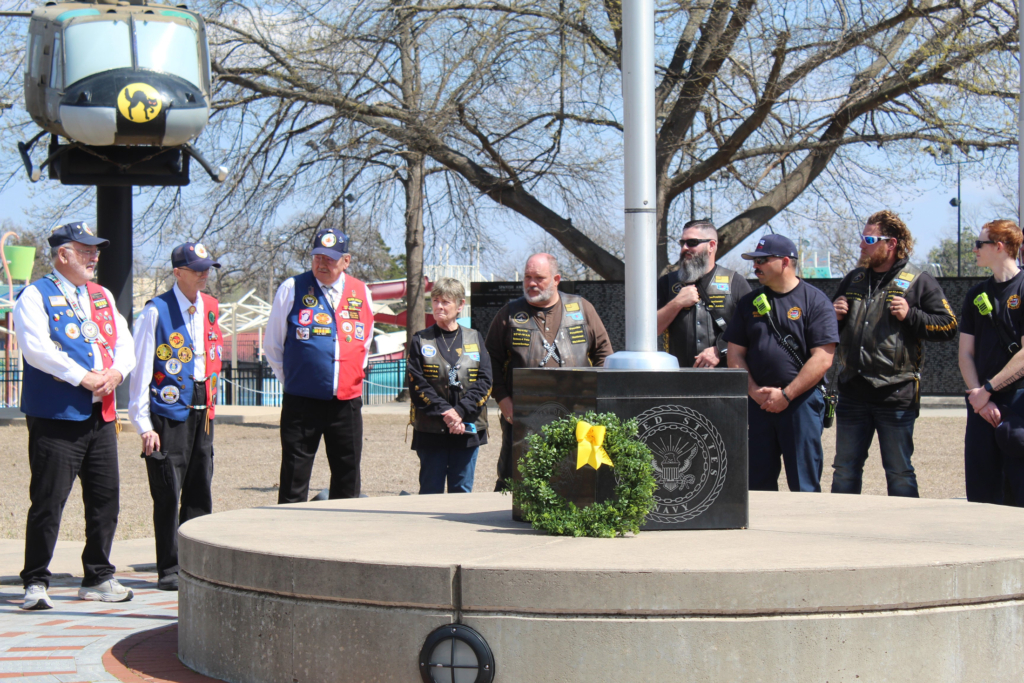
According to Wikipedia, Ruben Rivers (Oct. 31, 1918 — Nov. 19, 1944) was a United States Army staff sergeant killed in action while serving as a tank company platoon sergeant during World War II. 761st Tank Battalion was eventually assigned to General George S. Patton’s U.S. Third Army. In 1997, Rivers (half-Cherokee) and six other Black Americans were awarded the Medal of Honor, the nation’s highest military decoration for valor. Vernon Baker was the only recipient still living and present to receive his reward; President Bill Clinton presented Rivers’ medal posthumously to his sister, Grace Woodfork, during the ceremony at the White House in Washinton, D.C. The seven recipients are the first and only Black Americans to be awarded the Medal of Honor for World War II.
Rivers was born in Tecumseh, Oklahoma, and grew up in nearby Hotulka, Oklahoma. I have to admit I did not know where this area was, and I grew up in Tecumseh. The ghost town was only a few miles south and east of Tecumseh between 1905 and 1911. It was named for Hutulkee Martha, a prominent Creek Indian. “Hutulka” meant “wind people.”
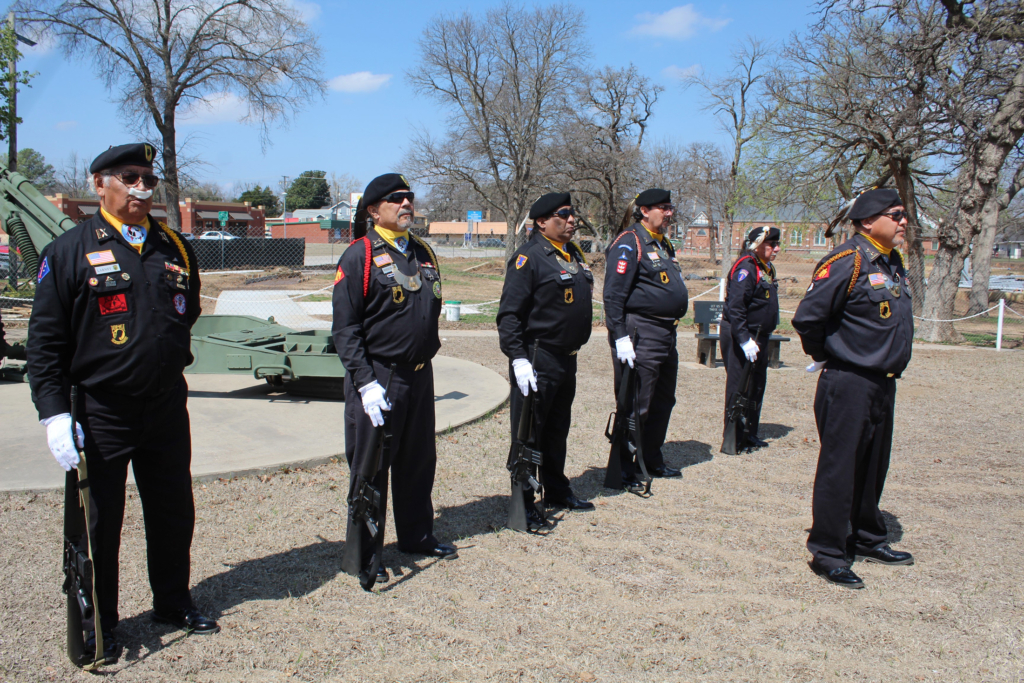
The CPN veteran’s color guard attended one of the earlier dedications at the Tecumseh American Legion where we were able to talk to family members. This is one of the ways that our color guard pays tribute to our fallen soldiers. There is the Missing Man Table, the symbolism of a round table covered with a white cloth with a single red rose in a vase with a red ribbon. There is a slice of lemon and a pinch of salt with a lighted candle on the table as well as a Bible and an inverted glass. The chair is empty; the seat that remains unclaimed at the table. Most people probably have seen an aerial salute at a funeral or memorial event, typically in memory of a fallen pilot, a well-known military service member, veteran or political figure. The planes fly in a formation with an empty space for another, symbolizing the person’s absence.
It goes without saying that it is both a pleasure and honor to serve you and our great Nation.
Thank a veteran, first responder or a person in blue. Take time to reflect on the sacrifices of all veterans and their families on this Memorial Day.
Migwetch (Thank you),
David Barrett | Mnedobe (Sits with the Spirits) | dbarrett@potawatomi.org | 1601 S. Gordon Cooper Dr. | Shawnee, OK 74801 | 405-275-3121
Andrew Walters
District 11
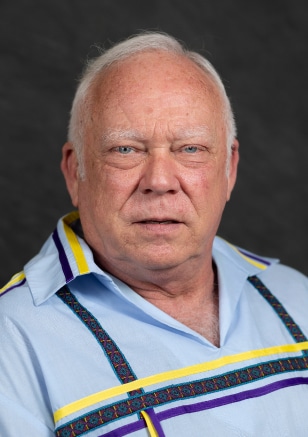
Bozho (Hello),
The other day, I was over at the Cultural Heritage Center here in Shawnee, sitting with the drum group when an older woman and three children walked into the Long Room and sat down to listen. The woman told us that one of the children, a little boy probably 8 or 9, was Potawatomi. We all stopped and started talking to the boy, inviting him over to drum. With more than a little coaxing and coercion, we managed to get him to come sit in the drum circle and pick up a beater. Justin Neely started drumming and began to sing. Slowly a remarkable transformation happened. The little boy, who was so hesitant and apprehensive, started following the beat. It seemed natural for him. A smile came over his face. He sat up a bit straighter, a little bit prouder. Where once had sat just a little boy, now sat a Potawatomi. The other children looked at him differently… and more importantly, he saw himself differently.
It made me hope that one day all of us will be like that little boy. You see, some of us are apprehensive about being Native. We have been raised in the climate of the dominant culture for so long that we see ourselves not as we are, ancient people, but as just another member of that conforming culture. We feel uneasy, timid, afraid. We feel we have not earned the “privilege” of being Potawatomi. We do not feel comfortable displaying or presenting ourselves as Native. We don’t want to take the time to delve into our ancestor’s world because for the most part we are comfortable with being “normal.” Maybe in the past we were told that it was “bad” to present yourself as “Indian.” I know in my own family, my paternal grandfather told my father in no uncertain terms what he thought of him marrying a “G—d— Indian.” But my mother never flinched, never faltered. She taught us to be proud.
I believe that little boy had an experience he will always remember — a watershed moment in his life when he realized he was something more than just “normal.” A realization that he is special. A member of a family with over 38,000 members. A family that has endured sorrow, hardship and death. A family rich in tradition and meaning. A family that has lived on for thousands of years despite the privations, enforced displacements and persecutions of the near past.
If only we could all have that little boy’s experience, to feel his pride of discovery. That we could all accept and embrace “Tribal Life.” Its fullness and richness are indescribable. To know our past, to pray for our ancestors, to participate in celebrations and rituals that have been passed down to us for generations is life changing. To understand our Potawatomi culture brings clarity to your everyday life. To practice its tenets and follow its teachings eases your mind and brings you peace.
There is a time for us all. I would like to ask each of you reading this who hasn’t yet experienced “Tribal Life” to reach out and touch your inheritance. Honor your ancestors’ lives. Experience your culture. Being Potawatomi is a journey. A journey over the course of a lifetime. But each journey starts with a first step. Reach out, and the Tribe will be there to help you down your path. You can walk or you can run, but you must take the first step to learn who you are. We are all equally born Potawatomi, but the richer experience is to live Potawatomi.
Migwetch (Thank you),
Andrew Walters | andrew.walters@potawatomi.org | nibwemko@gmail.com
